
Miata-based GBS Zero
As Told by Paul Barnes
Photos by Steve Temple
I first became aware of the Lotus Seven on the TV show The Prisoner, starring Patrick McGoohan, who drove one in the opening title sequence. Through an internet search, I found out that Robin Hood Sports Cars had changed owners and had transformed into Great British Sports Cars (GBS), and was now offering an all-new Seven-style car.
On a trip to the U.K. I visited the factory, took a test drive and was hooked. While I was waiting for my kit to be shipped from the U.K., I purchased a wrecked 2000 Mazda Miata MX-5 from Craigslist and stripped it of the parts needed to complete the car: engine, gearbox, rear differential, front and rear uprights, brakes and steering column. I was able to sell most of the remaining parts from the Miata again on Craigslist, so that my total investment in donor car parts was around $400.
I took delivery of my crate of parts from the U.K. on Jan. 3, 2014. Opening up the crate and laying all the parts out for inventory, I found the kit complete and work started later that day, and continued nights and weekends for the next year.
The car went together very smoothly. The factory in the U.K., and an ever increasing network of builders provided great support (there are a multitude of blogs and YouTube videos that previous builders have produced).
The chassis consists predominantly of 1-inch square steel tubing with a stressed steel floor in the cockpit. I opted for the factory powder-coated, single roll hoop GT model, which is a little wider in the cockpit and has a lowered floor to provide even more room.
The suspension components are round steel tubing, and one of my first jobs was to press the nylon bushings into them. The front and rear “wings” (fenders), nose cone, dashboard and optional rear diffuser can all be ordered in one or a combination of nine colors or carbon fiber. I found the rest of the parts needed to complete the car on the company’s component website www.kitspares.co.uk.
While bolting up the chassis and body of the car is a fairly standard build, I did have a few areas of concern. Living in sunny Southern California, I wanted to make sure there was ample cooling for the engine. So I installed a 13-row Setrab oil cooler and fully baffled the radiator to the nose cowling to ensure all the air coming through the front grille passed through the radiator.
But there was a bit more involved in improving the cooling system. The Mazda 1.6- and 1.8-liter engines in the Miata were originally used in a front-wheel-drive Mazda before being used in the rear-wheel-drive Miata. To line up with a radiator, the cooling system on the front-wheel-drive car had the coolant entering the block low on one side and exiting high on the head on the other side. In the rear-wheel-drive Miata, though, the coolant entered the engine at the front, with the majority of it exiting from the head at the front. Only a small portion passed all the way through the head to exit at the rear for the heater core.
So I modified the cooling system to provide better flow through the engine by going back to the front-wheel-drive coolant route, with the intake at the front of the engine and the thermostat housing and exit at the rear of the engine. This change required fabrication of a custom coolant reroute tube down the left-hand side of the engine, which incorporated the system fill and pressure cap.
The fabrication of this bypass, as well as many other modified parts, was done with the help of Lenord’s Custom Fabrication in Fullerton, California. All told, I have had no cooling issues, even on the hottest days in stop-and-go traffic or up mountain roads at sustained high-power settings.
I also fabricated stainless steel hard lines and braided hose for the entire fuel system, definitely overkill but I like the look and wanted to apply some aircraft-grade features into the car. I also added an aircraft low-pressure fuel pump at the rear of the car to pump the fuel from the main tank to the front header tank, which feeds the high-pressure fuel pump. I also anodized every piece of aluminum, including all the body panels. I used an aircraft structural adhesive to attach a lot of the body panels, that’s why you see no rivets externally on the car, and I used countersunk aircraft solid rivets wherever possible rather than “pop” blind rivets.
The car uses the stock Miata brakes which, given its 1,200-pound dry weight (about half of what a Miata weighs) is plenty of brake for the car, but GBS billet aluminum hubs and brake calipers are available as well. The engine produces around 140 bhp, which puts its power-to-weight ratio at a respectable 12 lbs/hp. (A new version with a 230 hp 2.5-liter Ford is now available as well.)
Part of the enjoyment of building a car is all the different skills that you have the opportunity to somewhat master, sometimes through trial and error. I opted for the lowest level of factory preassembly, as I enjoy the build process, researching the assembly details and locally sourcing some parts, whereas I understand others might opt for the factory to perform some of the more complicated and involved system installations. Either way, the pride associated with rolling down the road in a car constructed by your own hands brings a great deal of satisfaction.
The engine is controlled by a U.K.-built, Emerald ECU available from GBS. I purchased the ECU with flying leads and prewired connector, which required fabricating the engine wiring harness. There is a factory Mazda wiring harness now available from GBS, which provides a plug-and-play engine system.
The building of a component car presents many opportunities to upgrade the car. Since completing my initial build I have added several optional extras and refinements. During the car’s first winter downtime, I added the rear suspension control arms, which allow for full four-wheel alignments and completed the signal auto-cancel mechanism, which I omitted in the first push for registration.
The second winter downtime, after gaining more familiarity with the car, I added a new lightweight flywheel and the GBS in-house manufactured Individual Throttle Bodies, which together improved the throttle response and increased the engine horsepower by approximately 15 hp at the rear wheels. For the car’s next winter downtime, installation of the new GBS billet aluminum hubs and brake calipers is scheduled.
The car continues to provide a thrilling driving experience, which is constantly being enhanced by the ever-increasing options offered by GBS. Most people who see the car ask, “What is it?” My normal answer is, “A lot of fun!” — both to build and drive.

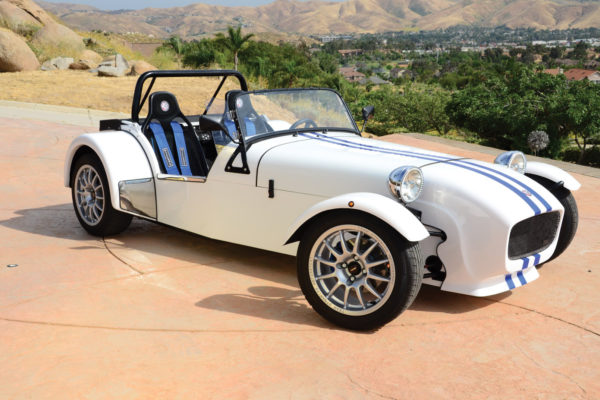
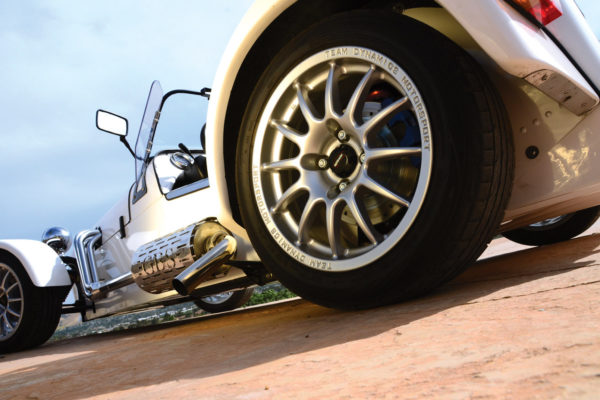
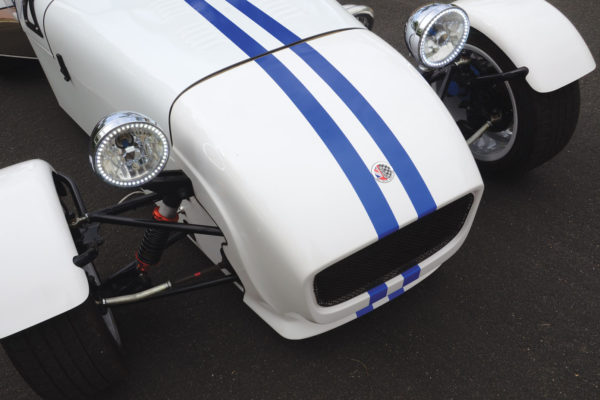
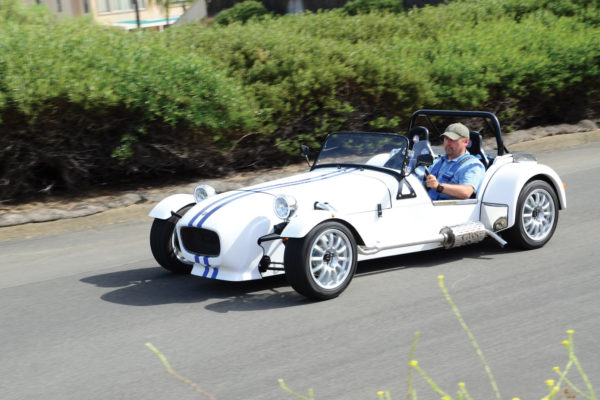
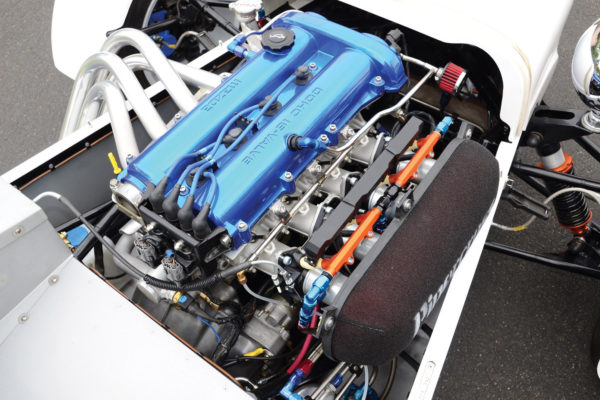
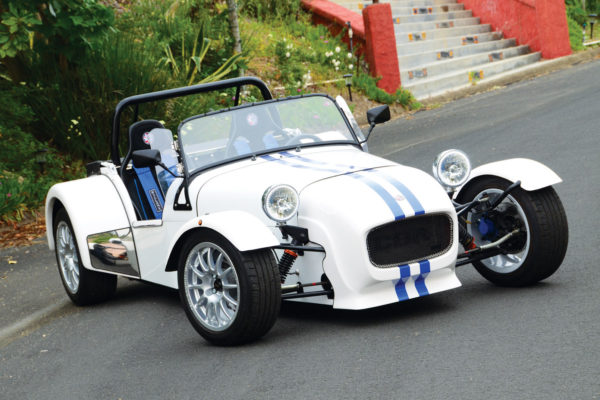
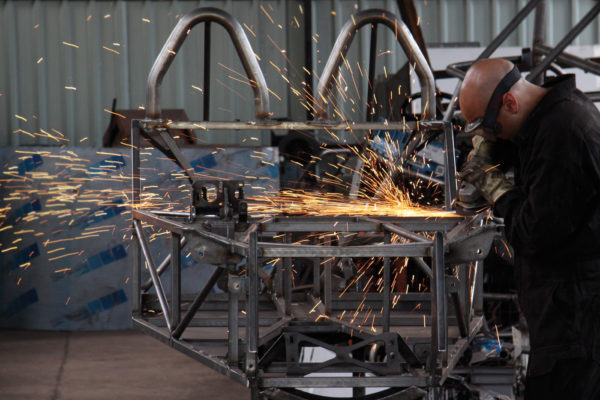
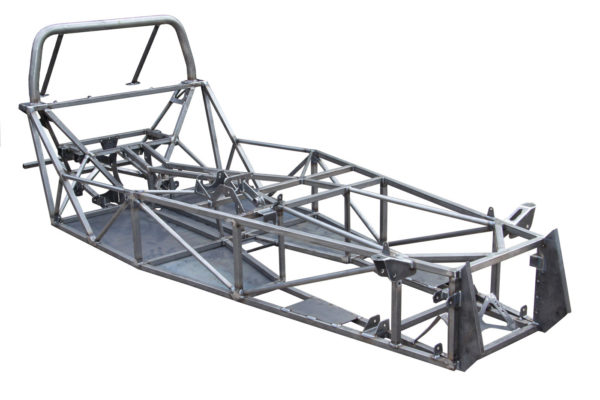
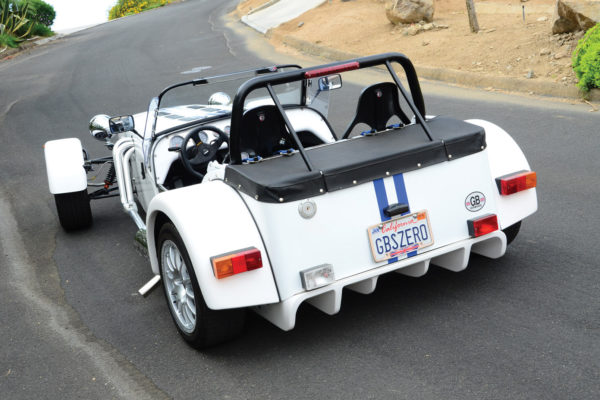
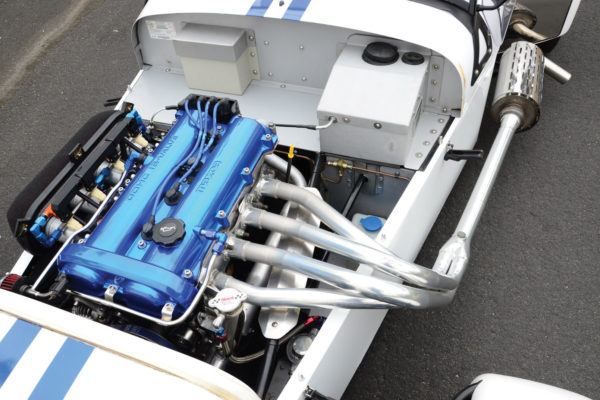
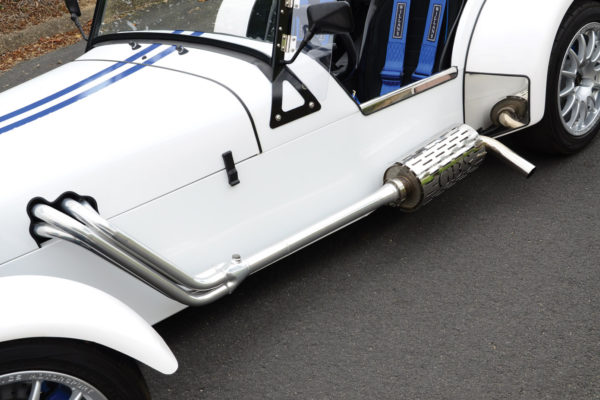
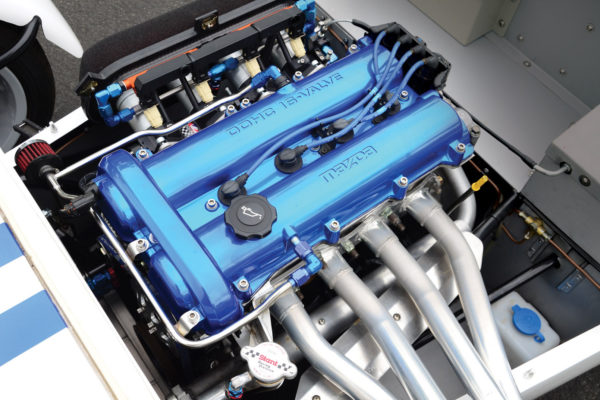
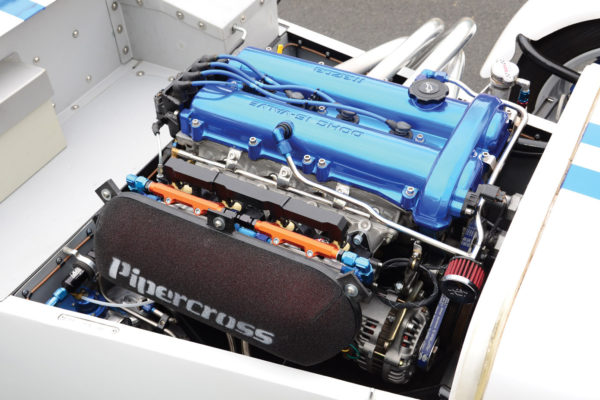
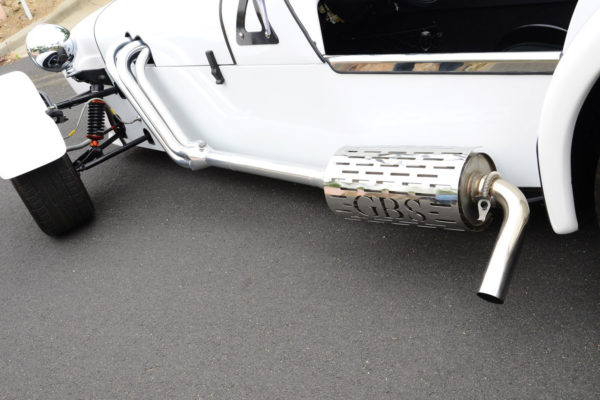
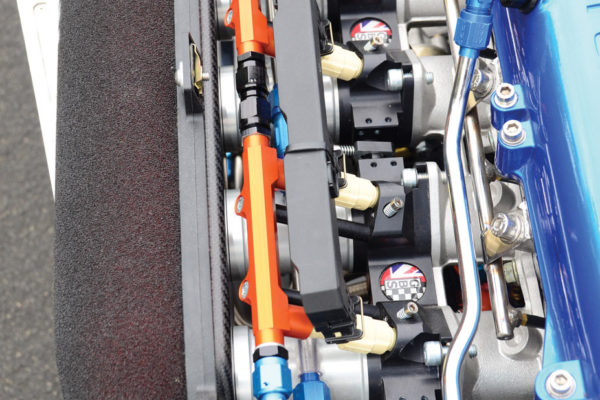
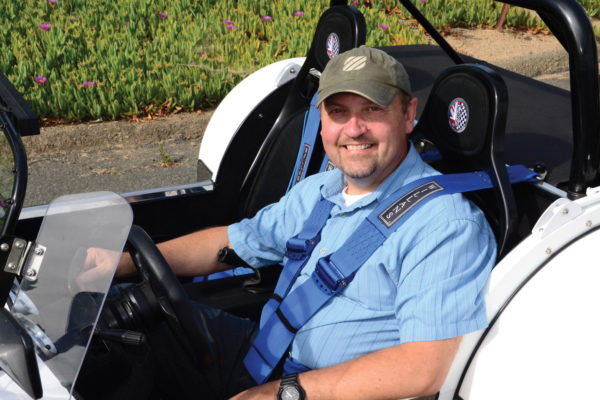
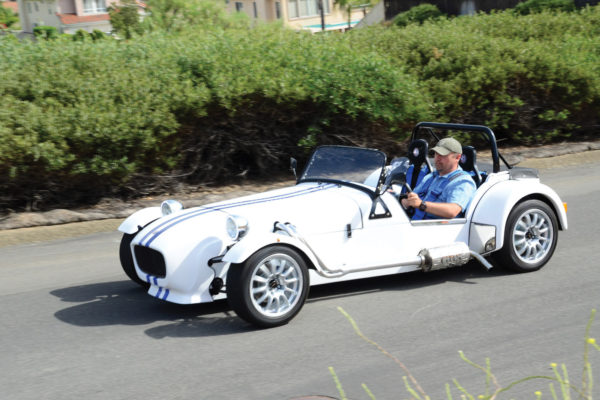
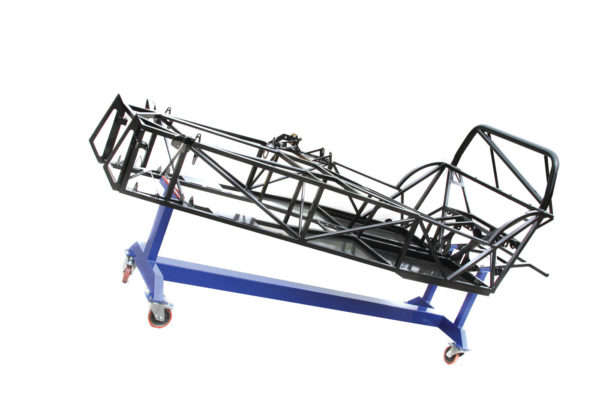
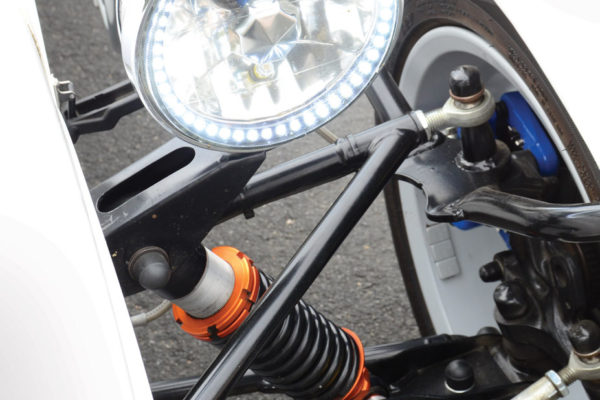
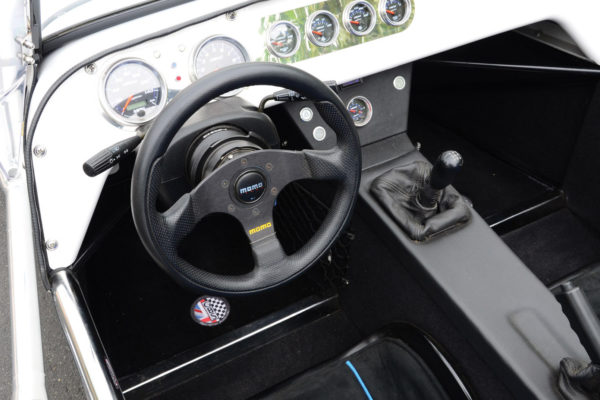
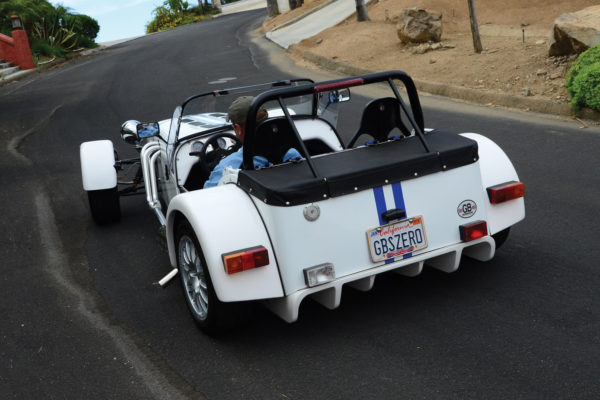
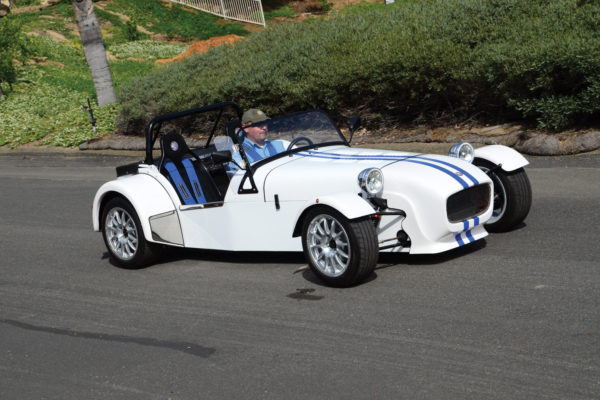
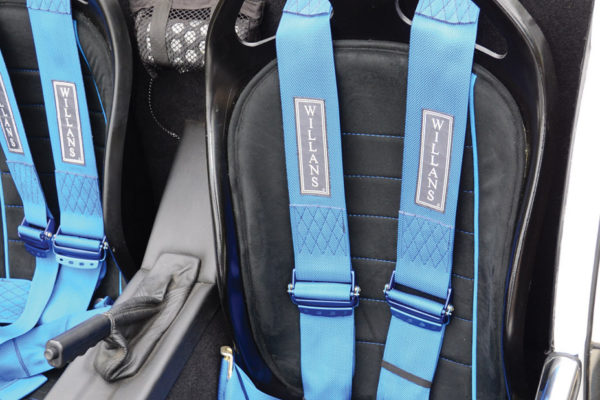
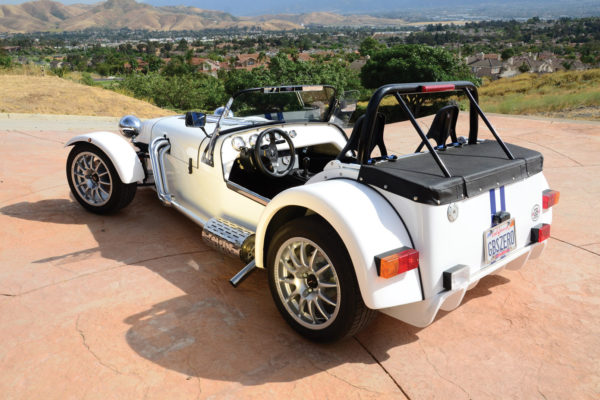

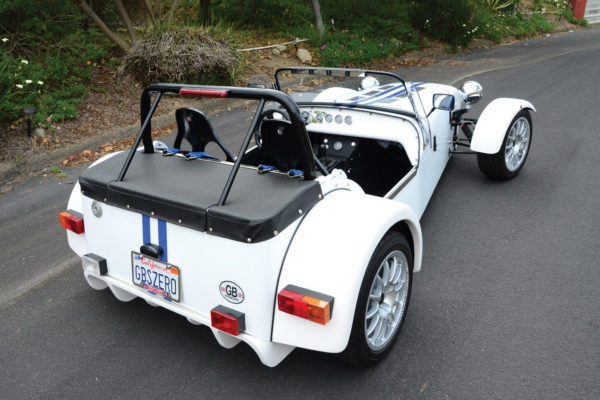
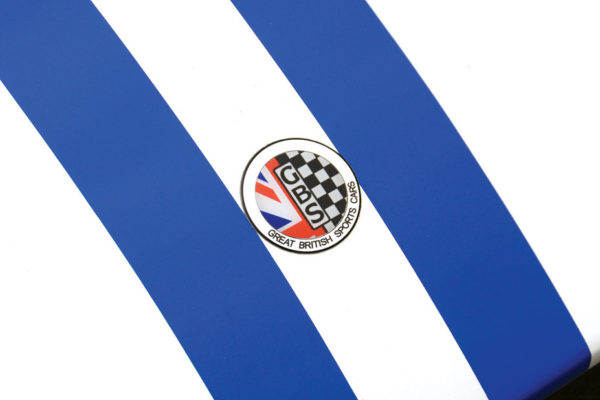
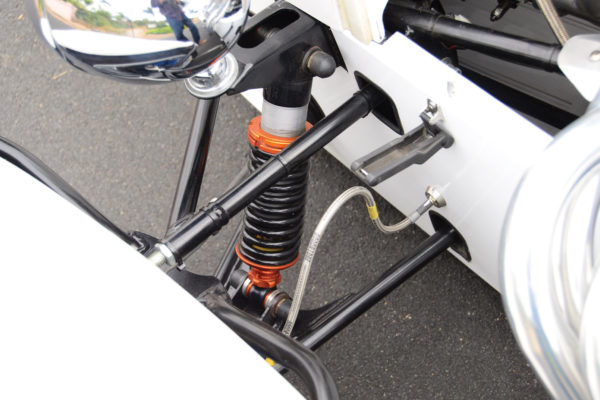
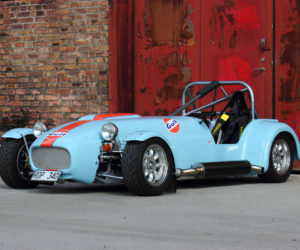
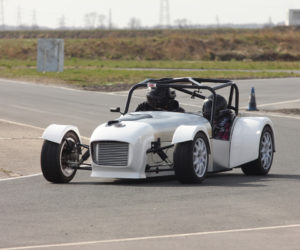
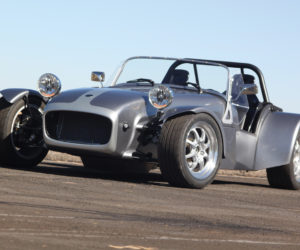
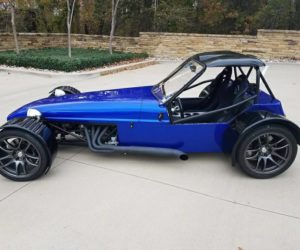
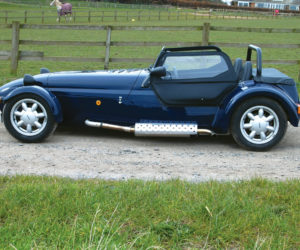
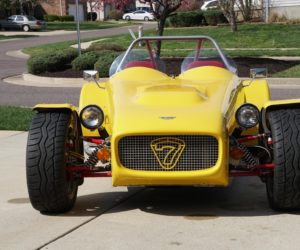




Comments for: Lotus Blossom
comments powered by Disqus